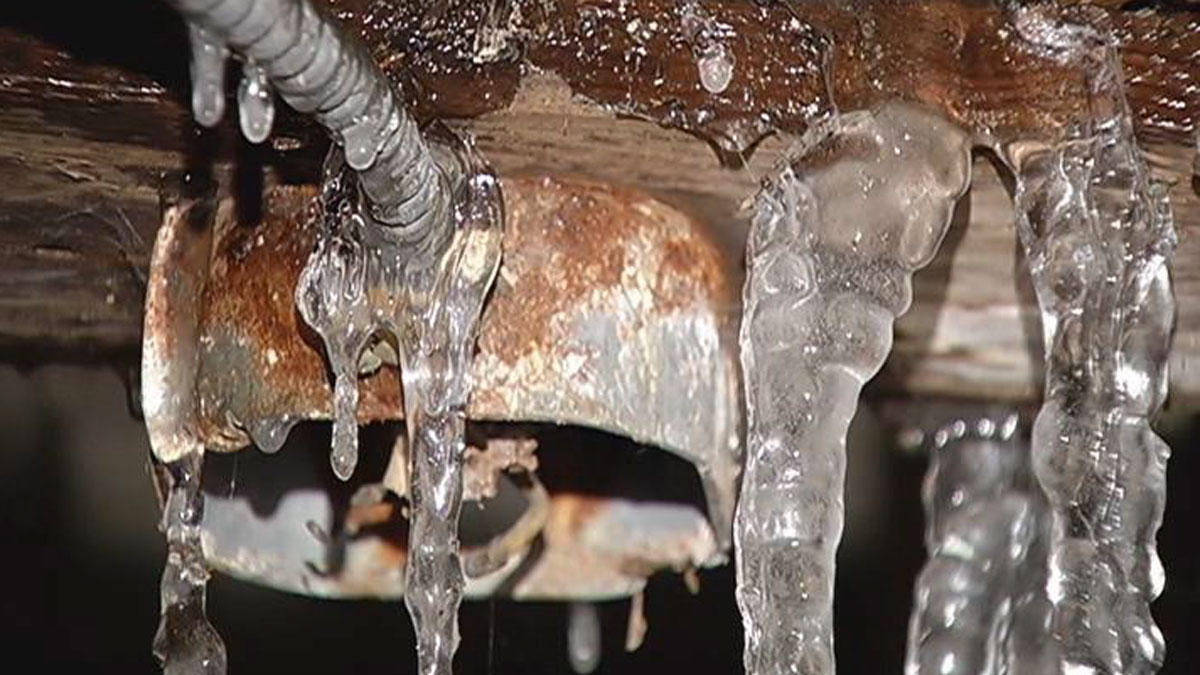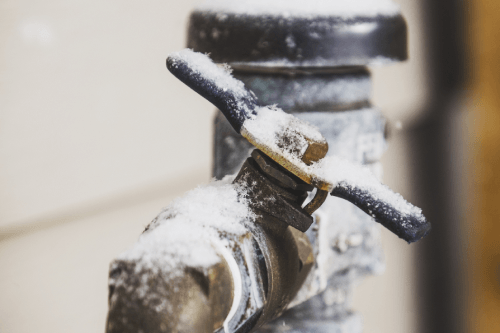In this article underneath you can get more good quality insights when it comes to How To Avoid Freezing Pipes.

Cold weather can ruin your plumbing, especially by freezing pipelines. Below's exactly how to stop it from taking place and what to do if it does.
Introduction
As temperatures drop, the threat of frozen pipes increases, potentially causing costly repairs and water damage. Understanding how to prevent frozen pipes is essential for house owners in chilly climates.
Prevention Tips
Shielding prone pipelines
Wrap pipes in insulation sleeves or make use of warmth tape to shield them from freezing temperatures. Concentrate on pipelines in unheated or external locations of the home.
Home heating strategies
Keep interior areas sufficiently heated up, particularly areas with pipes. Open up cupboard doors to allow cozy air to circulate around pipes under sinks.
Exactly how to determine frozen pipelines
Try to find decreased water circulation from faucets, uncommon odors or noises from pipes, and noticeable frost on revealed pipelines.
Long-Term Solutions
Architectural changes
Take into consideration rerouting pipes away from exterior walls or unheated areas. Add additional insulation to attic rooms, cellars, and crawl spaces.
Updating insulation
Invest in top quality insulation for pipelines, attic rooms, and walls. Appropriate insulation helps maintain consistent temperatures and minimizes the threat of frozen pipes.
Safeguarding Outside Plumbing
Garden hoses and exterior taps
Detach and drain garden pipes prior to winter season. Install frost-proof faucets or cover outside faucets with protected caps.
Comprehending Frozen Pipes
What creates pipelines to freeze?
Pipelines freeze when revealed to temperature levels below 32 ° F (0 ° C) for prolonged periods. As water inside the pipelines ices up, it increases, taxing the pipeline wall surfaces and possibly triggering them to rupture.
Dangers and damages
Icy pipes can bring about water system disturbances, residential or commercial property damages, and pricey repairs. Burst pipelines can flooding homes and create substantial structural damage.
Signs of Frozen Piping
Recognizing frozen pipes early can avoid them from bursting.
What to Do If Your Pipes Freeze
Immediate actions to take
If you think frozen pipelines, maintain faucets open up to ease stress as the ice thaws. Make use of a hairdryer or towels taken in hot water to thaw pipelines slowly.
Conclusion
Avoiding icy pipelines needs positive steps and quick reactions. By understanding the reasons, signs, and safety nets, property owners can safeguard their plumbing throughout winter.
5 Ways to Prevent Frozen Pipes
Drain Outdoor Faucets and Disconnect Hoses
First, close the shut-off valve that controls the flow of water in the pipe to your outdoor faucet. Then, head outside to disconnect and drain your hose and open the outdoor faucet to allow the water to completely drain out of the line. Turn off the faucet when done. Finally, head back to the shut-off valve and drain the remaining water inside the pipe into a bucket or container. Additionally, if you have a home irrigation system, you should consider hiring an expert to clear the system of water each year.
Insulate Pipes
One of the best and most cost-effective methods for preventing frozen water pipes is to wrap your pipes with insulation. This is especially important for areas in your home that aren’t exposed to heat, such as an attic. We suggest using foam sleeves, which can typically be found at your local hardware store.
Keep Heat Running at 65
Your pipes are located inside your walls, and the temperature there is much colder than the rest of the house. To prevent your pipes from freezing, The Insurance Information Institute suggests that you keep your home heated to at least 65 degrees, even when traveling. You may want to invest in smart devices that can keep an eye on the temperature in your home while you’re away.
Leave Water Dripping
Moving water — even a small trickle — can prevent ice from forming inside your pipes. When freezing temps are imminent, start a drip of water from all faucets that serve exposed pipes. Leaving a few faucets running will also help relieve pressure inside the pipes and help prevent a rupture if the water inside freezes.
Open Cupboard Doors
Warm your kitchen and bathroom pipes by opening cupboards and vanities. You should also leave your interior doors ajar to help warm air circulate evenly throughout your home.

I discovered that write up on Preventing and dealing with frozen pipes when looking around the web. Do you know another person who is curious about the topic? Why not share it. We cherish your readership.
Click Here
Comments on “Avoiding Your Pipes from Freezing: Top Tips”